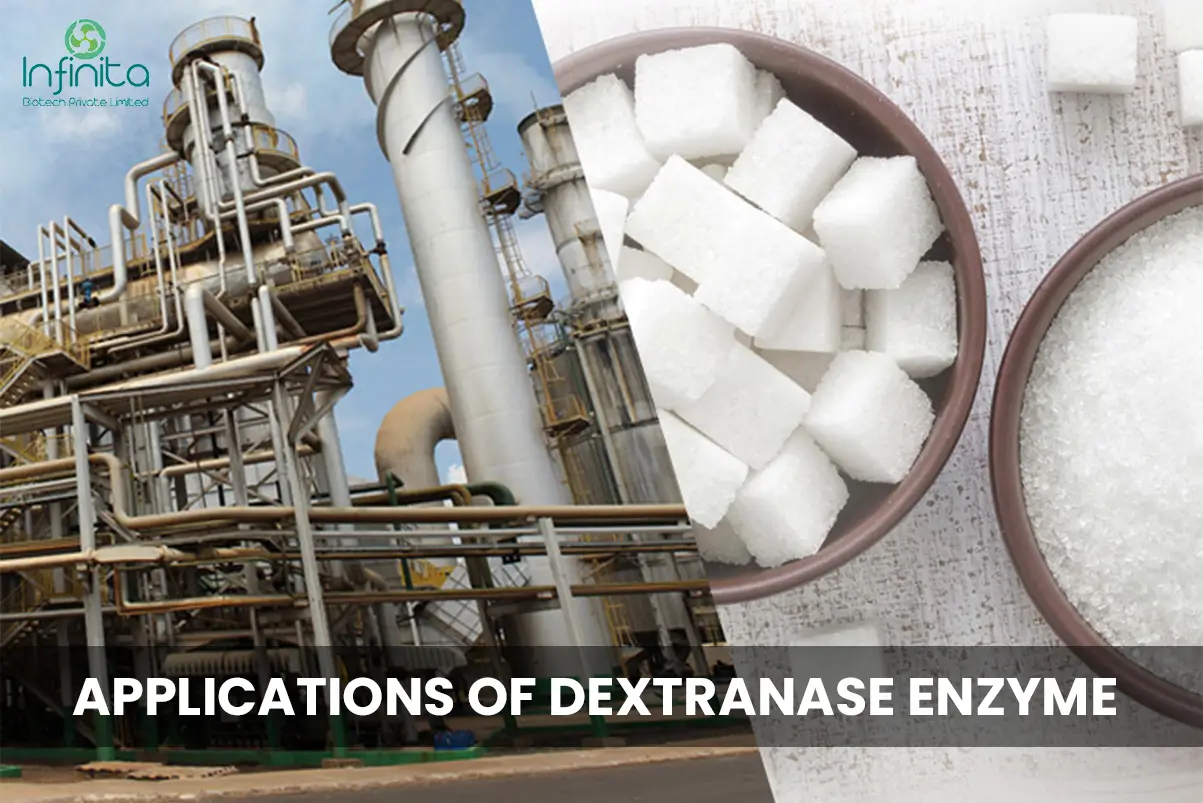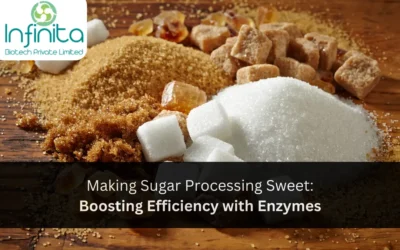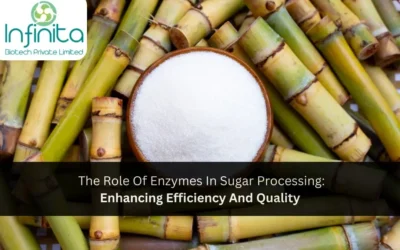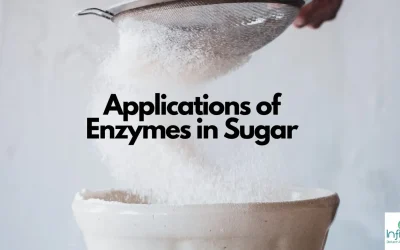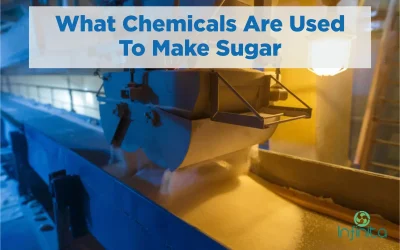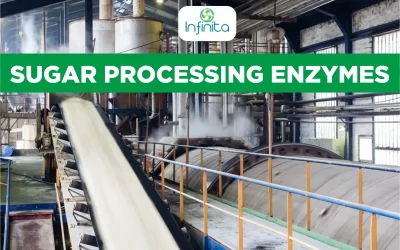Dextranase enzyme is used for the degradation of dextran into smaller fractions of low molecular weight giving dextranase great commercial and clinical importance. Dextran is a collective word used for dextran hydrolase and dextranase. Dextranase is easily soluble in liquids and can relatively be used in dyes, markers, etc.
In sugar mills, some bacterial strains, fungi, and yeasts have shown the properties of producing Dextranase enzymes. These enzymes have been used for hydrolysing the dextrans. Dextran is a mild toxin and is produced by an infectious bacteria called Leuconostoc Mesenteroides, to reduce the amount of dextran the Dextranase enzyme is sometimes used.
Strive along with the blog and get a detailed study of the applications of Dextranase enzyme and the mechanism of Dextranase in relatively simple words.
An Overview of Dextran
The dextran is a homoglycan of α-D-glucopyranose molecules, these are coupled primarily with α-1,6 linkages and secondarily with side-chain links of the 1,3 branch. These Dextran polymers are diverse due to their remarkably adverse branching of the glucose backbone chain. Initially, the Dextranase enzyme was known as endo- and exodextranases. With the timely divergence, they are now specified under different structures of the substrates and reaction products.
Dextranases have various industrial applications as they are known to depolymerize many toxic microbial dextran deposits. Different endodextranases are generated from fungi and bacteria. 1,6-α-d-glucan 6-glucanohydrolase is a mould dextranase generated from fungi and these moulds are hydrolysed oligosugars. Different bacteria like Pseudomonas, Bacillus, Bacteroides contain the endodextranases. These bacterial dextranase producers can synthesise several α-glucosidases with substrate specificities and subcellular localizations.
Current Applications Of Dextranase Enzyme
Dextranase is a widely used enzyme in the sugar industry. The application of this enzyme was proposed around 2 decades ago. It is used as a supplement for blood plasma, in recent times the therapeutic dextrans were even used in toothpaste. Let’s list some of the applications of dextranase enzymes.
1- Sugar Industry
Dextranase was particularly used in making juices and syrups due to its hydrolyzing property. The dextranase plus L was introduced in the year 2002, as it had better thermal stability. This enzyme is present in sugar cane and is crucial in reducing toxic dextran levels in a sugar mill. Additionally, the dextranase enzyme reduces crystal elongation and manages the water consumption at the time of sugar formation in a sugar mill.
2- Dental Health
Dextrans are found in sugar cane and beets that can be mildly toxic and are a severe concern for the sugar and food industry. These canes, beets and other sucrose-containing products are handled with utmost care. The dextranase enzyme reduces toxin levels and limits the number of complex dextrans in these natural products. Some studies have shown that dextran is one of the components that can trigger dental plaque and form dental cavities. The sucrose products must be limited to avoid any dental caries. The enzymes regulate and reduce the toxins before they react badly to the body.
Oral health is a major problem reported in a large population all around the world. The first step towards oral hygiene is brushing teeth regularly by using toothpaste, mouthwash and oral spray. The dextranase enzyme is present in these products that support dental health. The enzyme reduces the chance of any dental cavity and plaque. The dextran present in sweet juices, sugar cane etc, trigger dental plaque and to reduce such chances the mouthwash consists of formula l dextranase enzyme and formula ll that consists of Nisin and dextranase enzyme take care of the oral hygiene and reduce any chance of cavity.
These enzymes are extracted, primarily manufactured and distributed by Infinita Biotech. Known to manufacture customizable enzymes formula Infinita Biotech has established its place among the leading research centres. They are recognized by the government of India to manufacture eco-friendly enzymes and solutions that are environmentally sustainable.
